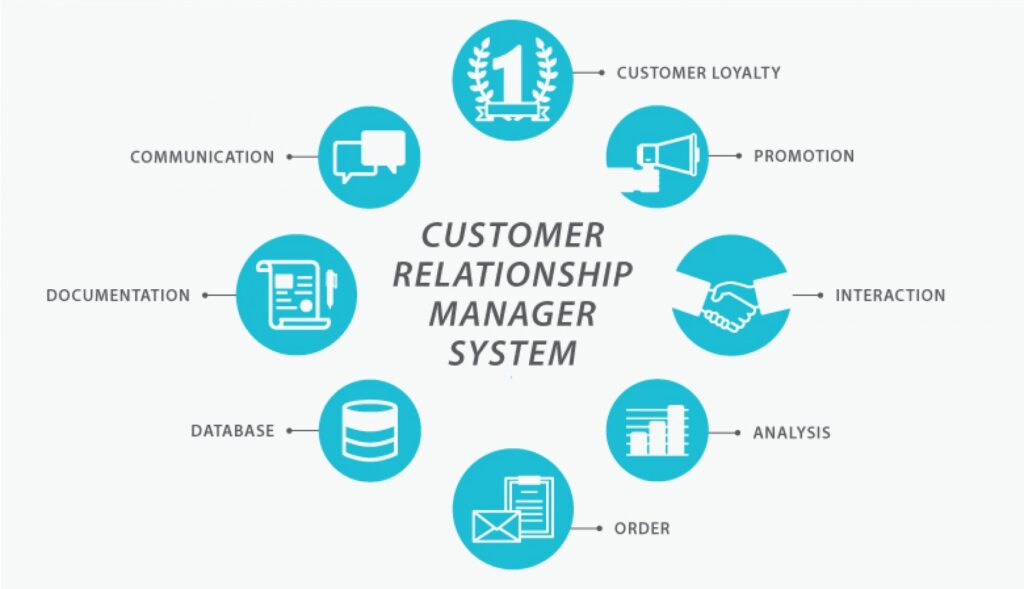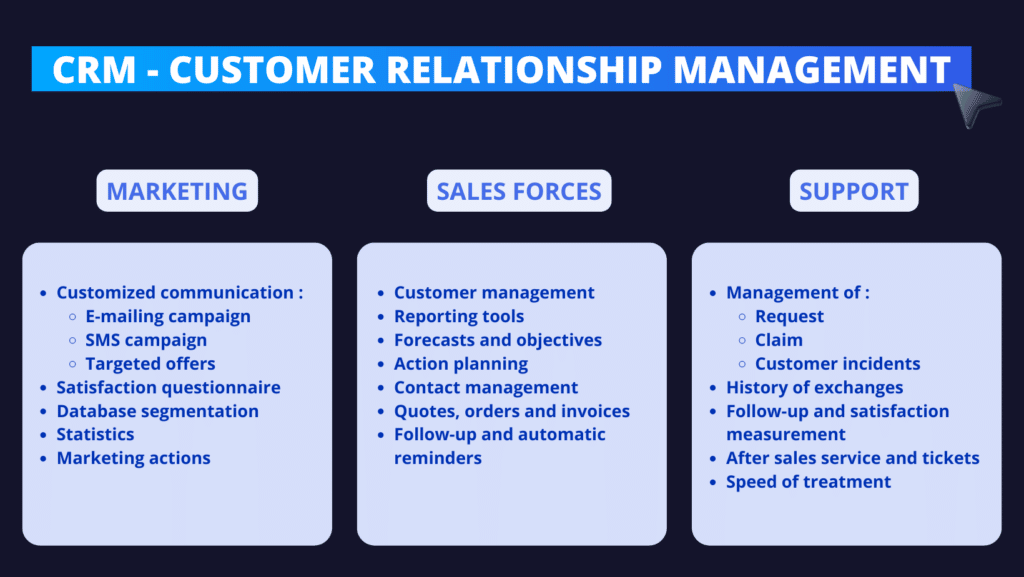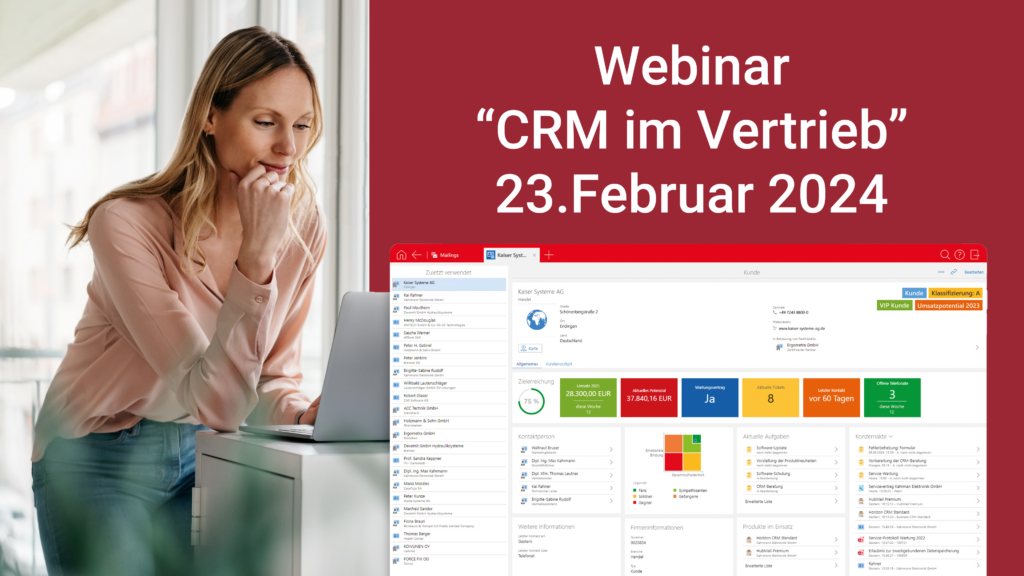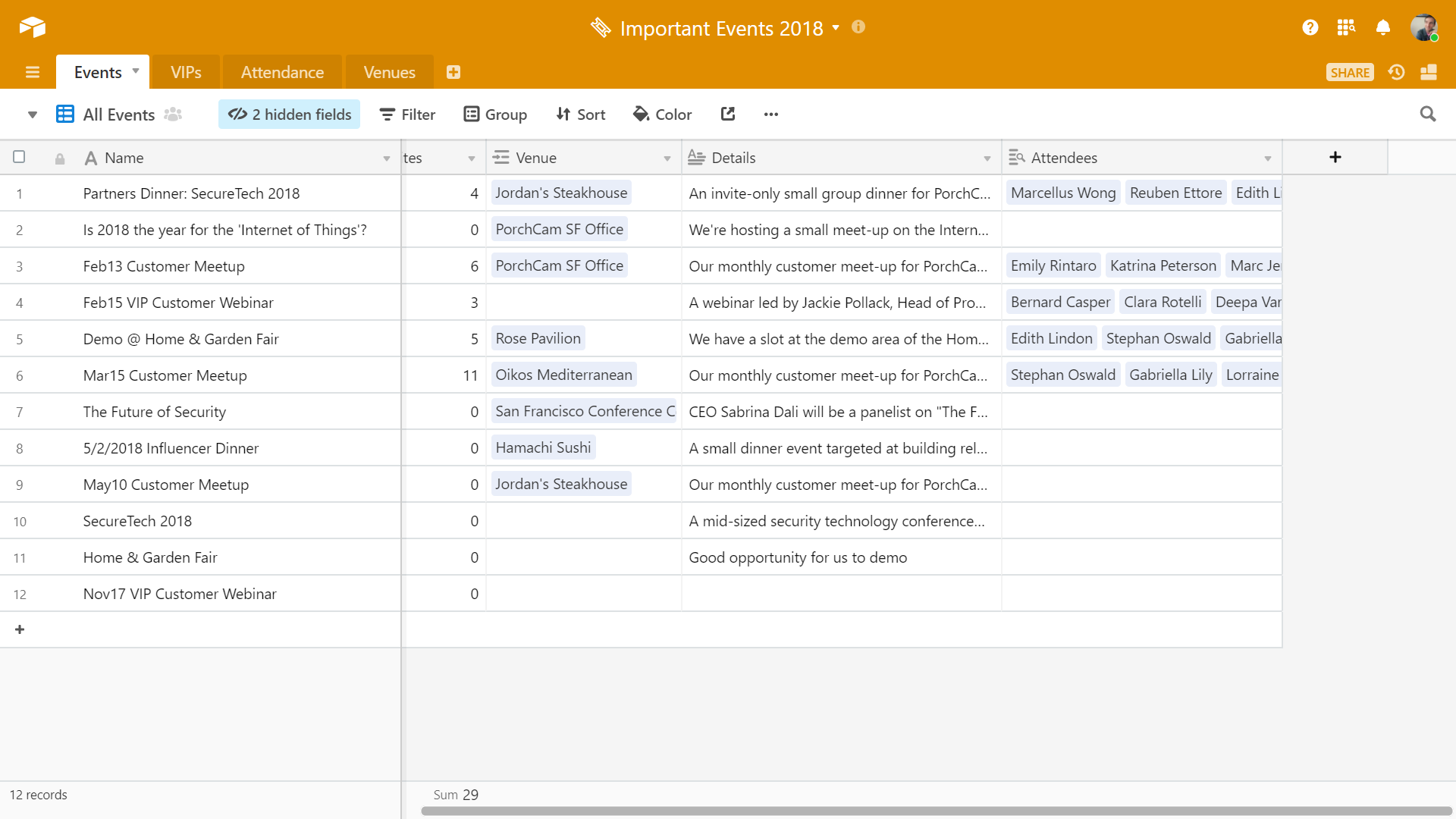Unlock Customer Insights: Mastering CRM, Marketing, and Customer Surveys for Explosive Growth

In today’s fiercely competitive business landscape, understanding your customers isn’t just an advantage; it’s the bedrock of success. Businesses that truly ‘get’ their customers – their needs, desires, pain points, and aspirations – are the ones that thrive. This deep understanding is cultivated through a powerful synergy: Customer Relationship Management (CRM) systems, strategic marketing initiatives, and the insightful data gleaned from customer surveys. This article will delve into the intricacies of this trifecta, providing a comprehensive guide on how to harness their combined power to fuel explosive growth.
The Powerhouse Trio: CRM, Marketing, and Customer Surveys
Let’s break down the individual components of this winning strategy:
1. Customer Relationship Management (CRM) Systems: The Central Hub
At the heart of any customer-centric strategy lies a robust CRM system. Think of it as the central nervous system of your business, connecting and coordinating all customer-related activities. A CRM is more than just a database; it’s a comprehensive platform that allows you to:
- Centralize Customer Data: Store all customer information – contact details, purchase history, communication logs, preferences, and more – in one accessible location. This eliminates information silos and ensures everyone on your team has a complete view of each customer.
- Streamline Sales Processes: Automate lead management, track sales opportunities, and manage the entire sales pipeline, from initial contact to closing the deal.
- Enhance Customer Service: Provide personalized support, resolve issues quickly, and build stronger customer relationships through efficient case management and communication tracking.
- Improve Marketing Effectiveness: Segment your audience, personalize marketing campaigns, and track campaign performance to optimize your marketing spend.
- Generate Actionable Insights: Analyze customer data to identify trends, predict future behavior, and make data-driven decisions.
Choosing the right CRM is crucial. Consider the size of your business, your industry, your budget, and your specific needs. Popular CRM platforms include Salesforce, HubSpot, Zoho CRM, Microsoft Dynamics 365, and Pipedrive. Each offers a unique set of features and capabilities, so research and compare options to find the best fit for your organization.
2. Marketing: Reaching and Engaging Your Audience
Marketing plays a vital role in attracting, engaging, and converting potential customers. It’s the engine that drives awareness, generates leads, and ultimately, fuels sales. Effective marketing strategies leverage a variety of channels and tactics, including:
- Content Marketing: Creating valuable, relevant, and consistent content (blog posts, articles, videos, infographics) to attract and engage your target audience.
- Social Media Marketing: Building a brand presence on social media platforms, engaging with followers, and running targeted advertising campaigns.
- Email Marketing: Nurturing leads, sending promotional offers, and building relationships through targeted email campaigns.
- Search Engine Optimization (SEO): Optimizing your website and content to rank higher in search engine results pages (SERPs), driving organic traffic.
- Paid Advertising (PPC): Running paid advertising campaigns on platforms like Google Ads and social media to reach a wider audience and generate leads.
- Influencer Marketing: Partnering with influencers to promote your products or services to their followers.
The key to successful marketing is understanding your target audience and tailoring your messaging to resonate with their needs and interests. This is where the data from your CRM and customer surveys becomes invaluable.
3. Customer Surveys: Unveiling the Voice of Your Customers
Customer surveys are the secret weapon for gathering direct feedback from your customers. They provide invaluable insights into their experiences, preferences, and expectations. Surveys allow you to:
- Understand Customer Needs: Identify what your customers want and need, both explicitly and implicitly.
- Measure Customer Satisfaction: Gauge how satisfied customers are with your products, services, and overall experience.
- Identify Areas for Improvement: Pinpoint areas where you can enhance your offerings, processes, and customer service.
- Gather Feedback on New Products/Services: Test new ideas and concepts with your target audience before launching them.
- Segment Your Audience: Group customers based on their responses to surveys, allowing for more targeted marketing and personalized experiences.
- Track Trends Over Time: Monitor changes in customer sentiment and identify emerging trends.
There are several types of customer surveys you can use, including:
- Customer Satisfaction Surveys (CSAT): Measure overall customer satisfaction with a specific product, service, or interaction.
- Net Promoter Score (NPS) Surveys: Gauge customer loyalty and willingness to recommend your business.
- Customer Effort Score (CES) Surveys: Measure the effort customers have to exert to get their issue resolved.
- Product Feedback Surveys: Gather feedback on specific products or features.
- Website Feedback Surveys: Collect feedback on your website’s usability and design.
The design and implementation of your surveys are critical. Keep them concise, easy to understand, and focused on the specific information you need. Use a variety of question types (multiple choice, open-ended, rating scales) to gather comprehensive data. Choose the right survey distribution method (email, website, in-app) to reach your target audience effectively. Popular survey tools include SurveyMonkey, Qualtrics, Google Forms, and Typeform.
The Synergy: How CRM, Marketing, and Customer Surveys Work Together
The true power of this approach lies in the seamless integration of CRM, marketing, and customer surveys. Here’s how they work in concert:
- CRM as the Foundation: Your CRM is the central repository for all customer data, providing a 360-degree view of each customer. This data fuels your marketing efforts and informs the design and targeting of your customer surveys.
- Marketing Campaigns Driven by CRM Data: Use CRM data to segment your audience and personalize your marketing campaigns. For example, you can send targeted email offers to customers who have previously purchased a specific product or abandoned their shopping cart.
- Customer Surveys to Gather Insights: Deploy customer surveys to gather feedback on your products, services, and overall customer experience. Use the insights from these surveys to identify areas for improvement and inform your marketing strategies.
- Survey Data Enriched in CRM: Integrate the results of your customer surveys into your CRM system. This provides a richer understanding of each customer and allows you to personalize your interactions even further.
- Iterative Improvement: Continuously analyze data from your CRM, marketing campaigns, and customer surveys to identify trends, optimize your strategies, and improve your customer experience. This is an ongoing cycle of learning and improvement.
Practical Strategies for Implementation
Implementing this integrated approach requires careful planning and execution. Here are some practical strategies to get you started:
1. Choose the Right CRM Platform
As mentioned earlier, selecting the right CRM is paramount. Consider your specific needs, budget, and the features offered by different platforms. Look for a CRM that integrates seamlessly with your marketing automation tools and survey platforms.
2. Define Your Goals and Objectives
Before you start implementing any new strategies, clearly define your goals and objectives. What do you want to achieve with your CRM, marketing, and customer surveys? Are you aiming to increase sales, improve customer satisfaction, reduce churn, or all of the above? Having clear objectives will help you measure your progress and track your return on investment (ROI).
3. Segment Your Audience
Use your CRM data to segment your audience into different groups based on demographics, purchase history, behavior, and other relevant factors. This will allow you to personalize your marketing campaigns and tailor your survey questions to specific customer segments.
4. Create Targeted Marketing Campaigns
Once you’ve segmented your audience, create targeted marketing campaigns that are relevant to each segment. Use the data from your CRM to personalize your messaging and offers. For example, you can send a special discount to customers who haven’t made a purchase in a while or offer a free upgrade to customers who have recently purchased a related product.
5. Design Effective Customer Surveys
Craft surveys that are concise, easy to understand, and focused on the specific information you need. Use a variety of question types to gather comprehensive data. Keep the surveys short to maximize response rates. Offer incentives, such as discounts or entry into a prize drawing, to encourage participation.
6. Integrate Survey Data into Your CRM
Integrate the results of your customer surveys into your CRM system. This will provide a richer understanding of each customer and allow you to personalize your interactions even further. Most CRM platforms offer integrations with popular survey tools.
7. Analyze Your Data and Make Data-Driven Decisions
Regularly analyze the data from your CRM, marketing campaigns, and customer surveys. Identify trends, measure your progress, and make data-driven decisions to optimize your strategies. Don’t be afraid to experiment and try new things. Continuously monitor your results and make adjustments as needed.
8. Automate Your Processes
Automate as many of your processes as possible to save time and improve efficiency. Use your CRM and marketing automation tools to automate lead management, email marketing, and other repetitive tasks. This will free up your team to focus on more strategic initiatives.
9. Train Your Team
Provide your team with the training and resources they need to use your CRM, marketing automation tools, and survey platforms effectively. Ensure that everyone understands the importance of customer data and how to use it to improve the customer experience.
10. Measure and Track Your Results
Track your key performance indicators (KPIs) to measure the effectiveness of your CRM, marketing, and customer survey efforts. These KPIs may include:
- Customer Acquisition Cost (CAC): The cost of acquiring a new customer.
- Customer Lifetime Value (CLTV): The predicted revenue a customer will generate over their lifetime.
- Customer Retention Rate: The percentage of customers who remain customers over a specific period.
- Customer Satisfaction (CSAT) Score: The percentage of customers who are satisfied with your products or services.
- Net Promoter Score (NPS): The percentage of customers who are likely to recommend your business.
- Conversion Rates: The percentage of leads who convert into customers.
- Website Traffic: The number of visitors to your website.
- Email Open and Click-Through Rates: The percentage of emails that are opened and clicked on.
Regularly review your KPIs and make adjustments to your strategies as needed. This iterative process of measurement and improvement is critical for long-term success.
Examples of Success: Real-World Applications
Let’s look at a few examples of how businesses have successfully leveraged CRM, marketing, and customer surveys:
- E-commerce Retailer: An online clothing retailer uses its CRM to track customer purchase history and preferences. They send personalized email recommendations based on past purchases, resulting in a significant increase in sales. They also send post-purchase surveys to gather feedback on product quality and customer service, using the insights to improve their offerings.
- Software as a Service (SaaS) Company: A SaaS company uses its CRM to track customer usage data and identify customers who are at risk of churning. They send targeted email campaigns with special offers and resources to re-engage these customers, significantly reducing churn rate. They also use NPS surveys to measure customer loyalty and identify areas for improvement in their product.
- Healthcare Provider: A healthcare provider uses its CRM to manage patient data and schedule appointments. They send automated appointment reminders and satisfaction surveys after each appointment, improving patient satisfaction and reducing no-show rates. The data gathered is used to refine patient care protocols.
Avoiding Common Pitfalls
While the combination of CRM, marketing, and customer surveys offers significant benefits, it’s important to be aware of common pitfalls and how to avoid them:
- Poor Data Quality: Inaccurate or incomplete data in your CRM can undermine your efforts. Invest in data cleansing and validation processes to ensure the accuracy of your customer data.
- Lack of Integration: If your CRM, marketing automation tools, and survey platforms are not properly integrated, you’ll miss out on the benefits of a unified customer view. Choose platforms that integrate seamlessly or invest in custom integrations.
- Ignoring Customer Feedback: Collecting customer feedback is only useful if you actually listen to it and take action. Make sure you have processes in place to review customer feedback and implement changes based on their suggestions.
- Over-Reliance on Automation: While automation is important, don’t sacrifice personalization. Make sure your automated campaigns are tailored to your customers’ individual needs and preferences.
- Not Measuring Your Results: If you don’t track your KPIs, you won’t know whether your efforts are paying off. Regularly measure your results and make adjustments to your strategies as needed.
- Data Privacy Concerns: Be mindful of data privacy regulations, such as GDPR and CCPA. Ensure that you are collecting and using customer data responsibly and transparently.
The Future of Customer-Centric Strategies
The convergence of CRM, marketing, and customer surveys is only going to become more critical in the future. As technology continues to evolve, we can expect to see:
- Increased Personalization: Artificial intelligence (AI) and machine learning (ML) will enable even more personalized customer experiences.
- More Sophisticated Analytics: Advanced analytics will provide deeper insights into customer behavior and preferences.
- Enhanced Automation: Automation will become even more sophisticated, allowing businesses to streamline their processes and improve efficiency.
- Greater Emphasis on Customer Experience: Companies will place an even greater emphasis on providing exceptional customer experiences.
Businesses that embrace these trends and invest in a customer-centric strategy will be well-positioned for success in the years to come.
Conclusion: Your Path to Customer-Centric Excellence
Mastering the art of CRM, marketing, and customer surveys is no longer optional; it’s a necessity for businesses that want to thrive in today’s competitive landscape. By leveraging these powerful tools in concert, you can gain a deep understanding of your customers, personalize their experiences, and build lasting relationships. Remember to choose the right CRM, define your goals, segment your audience, create targeted marketing campaigns, design effective surveys, integrate your data, analyze your results, automate your processes, train your team, and, most importantly, listen to your customers. By embracing these strategies, you can unlock explosive growth and achieve customer-centric excellence. The journey to customer-centricity is an ongoing one, but the rewards – increased customer loyalty, higher revenue, and sustainable growth – are well worth the effort. So, take the first step today and start building a future where your customers are at the heart of everything you do.




